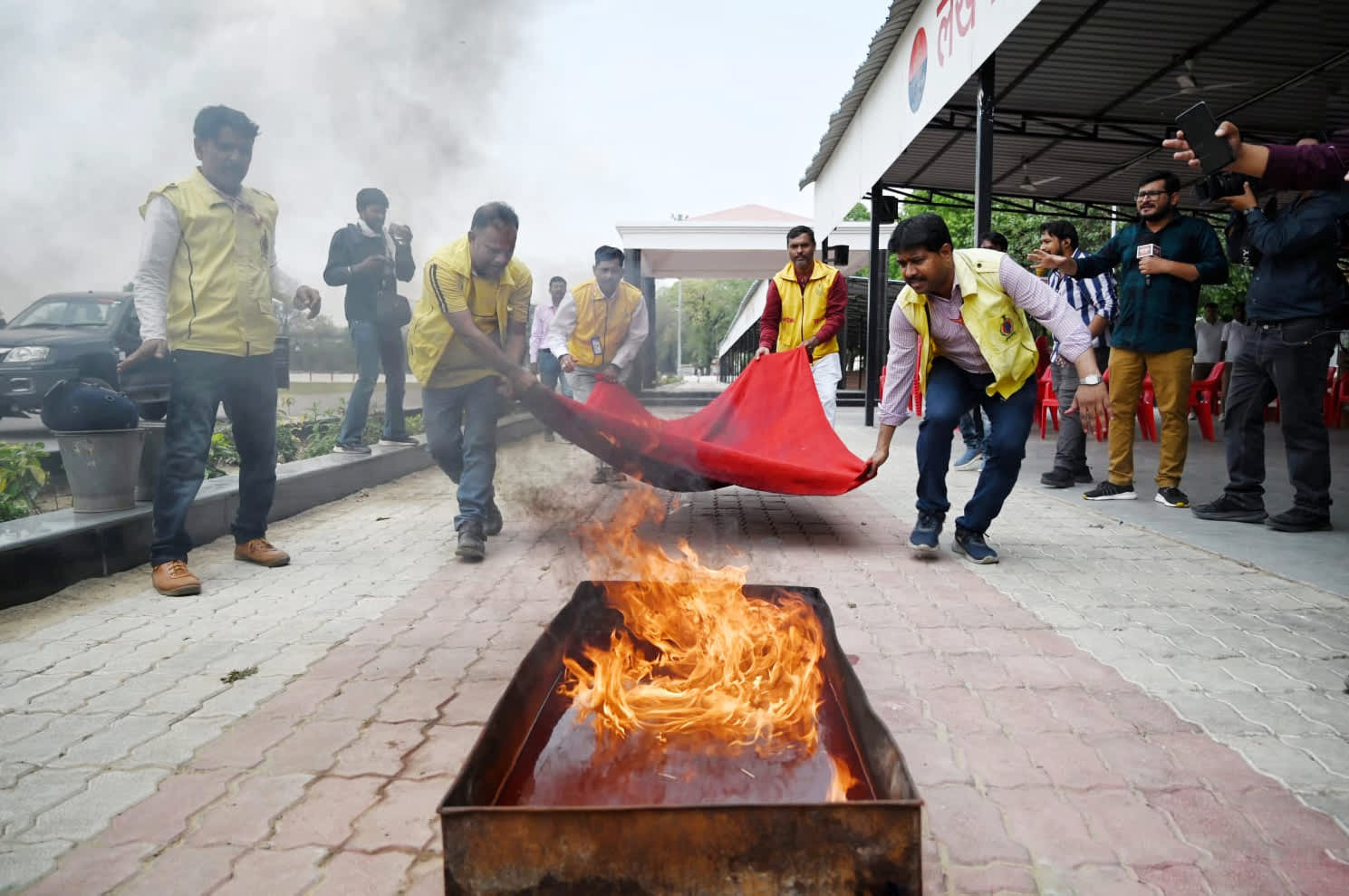
The Powder Keg Ignites: India-Pakistan Tensions Reach Boiling Point
The Himalayan air is thick with the smell of cordite again. India’s “Operation Sindoor” – a missile barrage hitting nine targets across Pakistan and Pakistani-administered Kashmir – isn’t just another skirmish. It’s the latest spark in a seven-decade-old tinderbox, where history, religion, and nuclear warheads collide. This time, the trigger was brutal: 26 Hindu tourists slaughtered in Indian-controlled Kashmir, with Delhi pointing fingers at Pakistan-backed militants. Islamabad denies it, but the bombs don’t lie – neither do the bunkers civilians are digging.
1. The Anatomy of Escalation: Tit-for-Tat Gone Thermonuclear
India’s retaliation wasn’t subtle. Missiles screaming across the Line of Control (LoC), water-sharing treaties torn up, diplomats recalled – Modi’s government is playing hardball. Pakistan’s response? Vows of “defense at all costs” and whispers of mobilizing troops. Sound familiar? It should. This script last played out after the 2019 Pulwama bombing, but with one terrifying upgrade: both sides now have more nukes and less patience.
The real flashpoint? Kashmir’s phantom militants. India insists Pakistan’s intelligence agency, the ISI, arms and trains them; Islamabad cries “false flag.” Meanwhile, Kashmiri civilians are stuck in the crossfire – schools shuttered, villages emptying. The LoC isn’t just a border; it’s a fault line where every bullet risks an earthquake.
2. The Global Domino Effect: Why the World Can’t Look Away
This isn’t just a regional spat. When two nuclear powers start lobbing missiles, the UN starts sweating. The West is walking a tightrope: condemning violence while selling weapons to both sides (the U.S. just approved a $450M F-16 upgrade for Pakistan – awkward timing). China, Pakistan’s sugar daddy, is “monitoring closely” (translation: calculating how this affects their Belt and Road investments).
Then there’s the economic fallout. Trade routes through Kashmir? Frozen. Regional stocks? Plummeting. Investors are fleeing faster than tourists during monsoon season. And let’s not forget the humanitarian crisis: displaced families, food shortages, and a generation of Kashmiris who know war better than WiFi.
3. The No-Win Scenario: Diplomacy vs. Domestic Pressure
Modi’s BJP thrives on anti-Pakistan rhetoric – and with elections looming, backing down isn’t an option. Pakistan’s military, equally addicted to the “India threat” narrative, can’t afford to look weak. So here we are: two governments trapped by their own propaganda, with diplomacy stuck in neutral.
The international community’s pleas for “restraint” sound increasingly hollow. Neutral investigations? Good luck getting either side to agree. Track-II dialogues? More like shouting matches over tea. The grim reality: unless someone blinks, the next “operation” might not stop at conventional weapons.
—
Bang. The Aftermath
Kashmir’s tragedy isn’t just about land; it’s about legacy. Partition’s ghosts still haunt, and every bomb digs their graves deeper. The world watches, but solutions? Those are scarcer than a quiet day on the LoC. Until then, the Himalayas remain a countdown clock – and right now, it’s ticking louder than ever.






